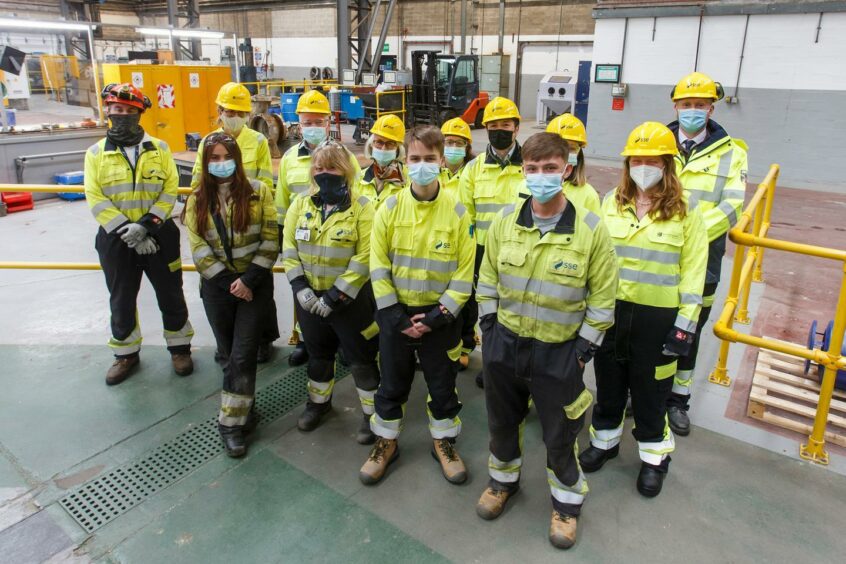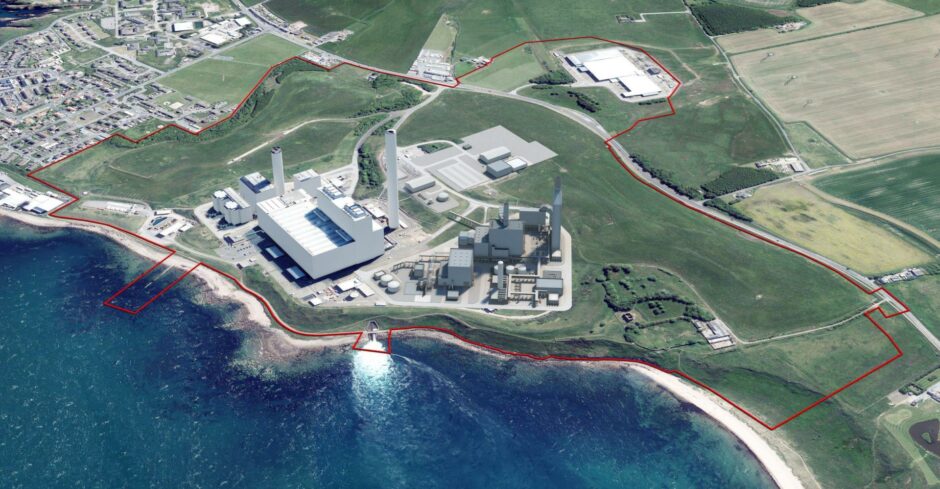
The Climate Change Committee says that carbon capture and storage is “a necessity, not an option” if the UK is to meet its carbon reduction targets.
As well as being a crucial tool in the energy transition, CCS presents an opportunity for the UK to make the most of its natural geology to establish a competitive advantage in this burgeoning sector, creating jobs and boosting industry.
With an important announcement expected from the UK Government next month, spring is finally in the air for the UK’s carbon capture industry. Last year, Government launched the Cluster Sequencing Process, through which it intends to decarbonise two industrial clusters by the mid-2020s and two more by 2030. In the first phase of the competition, two clusters were selected in Track 1 – the East Coast Cluster in the Humber and Teesside region and the HyNet cluster in the North-West. Additionally, the Scottish Cluster was given ‘reserve’ status.
Then, at the start of this year, individual emitter projects within these clusters submitted applications to be considered for support. Several were taken forward to the evaluation stage including power, industrial and hydrogen-focused projects. From this month, an announcement is expected on which will enter formal negotiations.
In addition to the Cluster Sequencing Process, plans have been set out on the development of the necessary business models. However, no developer of CCS power stations has yet reached an investment decision.
Currently, the Government’s stated commitment is to deliver at least one CCS-equipped power station by the mid-2020s. But based on recommendations from the Climate Change Committee, this won’t be enough: multiple CCS-equipped power projects are required by 2030. Delivering the largest of these projects in development in the UK by 2027 would only provide between 700MW and 800MW of generation capacity. That is considerable but is set against a backdrop of GW-scale nuclear closures this decade, 5GW of coal capacity legislated to close in 2024, and the significant increase in demand which is expected.
While most new capacity built in the UK will be renewable, this must be complemented by flexible low-carbon power such as power CCS. In SSE Thermal, we are developing several low-carbon power stations in collaboration with Equinor. One is Keadby 3 Carbon Capture Power Station, in North Lincolnshire, within the East Coast Cluster. Another is Peterhead Carbon Capture Power Station, on the Aberdeenshire coast, within the Scottish Cluster. Each would capture up to one and a half million tonnes of CO2 a year and will be essential to decarbonising the UK power grid.
Like traditional gas-fired power plants, these stations can respond flexibly to system needs but, crucially, with their carbon emissions almost completely eliminated. As renewable capacity continues to increase, the ability of these state-of-the-art CCGTs to ‘plug the gaps’ will become increasingly important.
As it stands though, with the Scottish Cluster in reserve status, there is no clear path for the required transport and storage infrastructure to be created for Peterhead in the necessary timeframe. For the Scottish Cluster’s promise to be realised, clarity is needed from the UK Government – either by promoting it into the ‘Track 1’ process or laying out an accelerated timeline for ‘Track 2’.
This will be vital for our own project at Peterhead. The existing station is the only large gas-fired plant north of Leeds and plays a vital role in Scotland’s energy system. It must, however, be decarbonised, and we believe the best way to do that is by replacing it with a low-carbon plant which will alleviate network constraints and support the continued growth of offshore wind. Given the importance of decarbonising Peterhead, we are pushing on with our plans and last month submitted a S36 planning application for the new plant.
It’s also important to consider the social benefits of these carbon capture projects, which will support thousands of people from high-carbon jobs into new low-carbon careers and ensure industrial regions aren’t left behind by the energy transition. Last year we took on record numbers of apprentices at Peterhead, with an eye to training the low-carbon workforce of the future. We showcased our work at Peterhead last month when we welcomed Scotland’s Just Transition Commission to the site, underlining the proposed new station’s importance to the social and economic future of the region.
The UK needs even greater ambition when it comes to carbon capture technology – for Peterhead, Keadby and elsewhere across the country. This is an important moment for the UK’s net zero ambitions. Now is the time to be bold and take the steps necessary to deliver a credible, affordable and just transition as quickly as possible.
Recommended for you

 © Supplied by SSE Thermal
© Supplied by SSE Thermal © Supplied by SSE Thermal
© Supplied by SSE Thermal